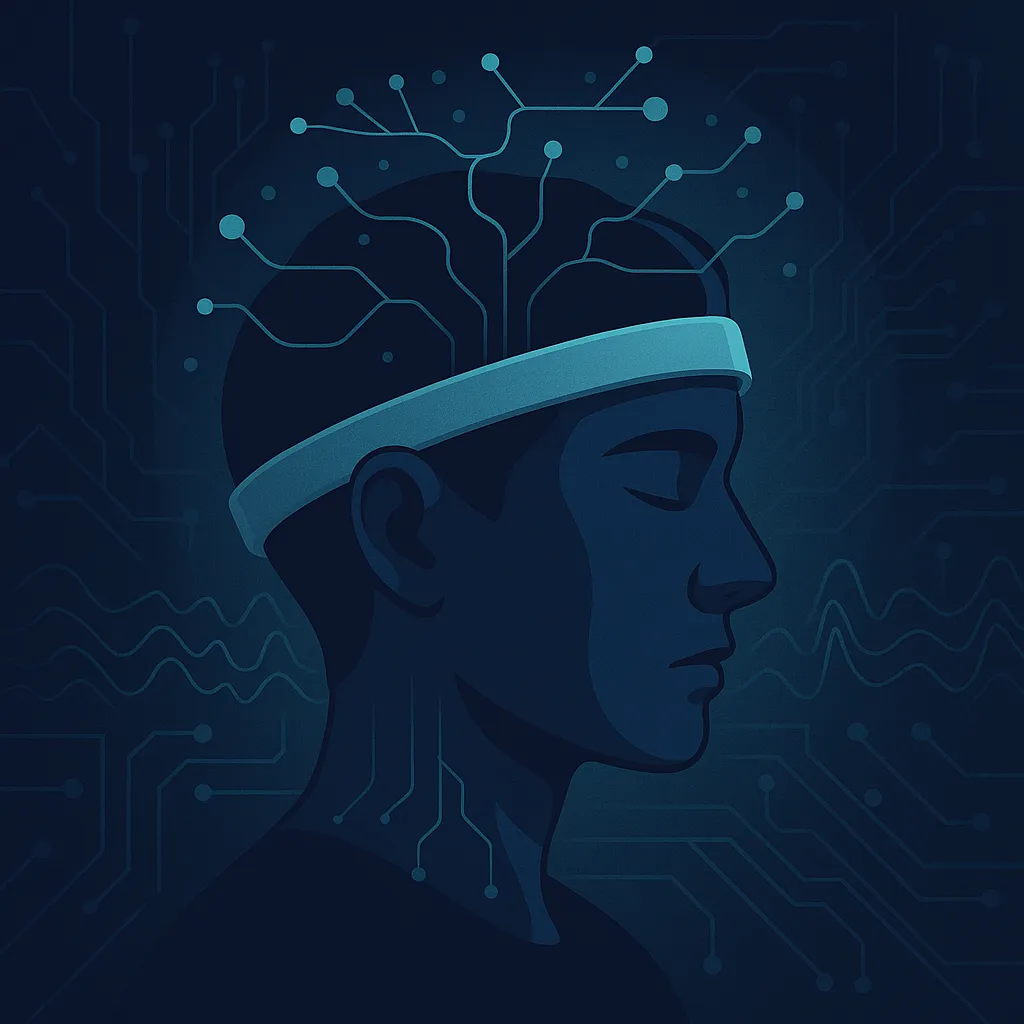Remote Monitoring & Wearables
Continuous monitoring is transforming how clinicians care for people with neurological disorders. Wearable sensors and mobile apps collect streams of data on brain activity, heart rate, gait and sleep. Classification, regression and clustering algorithms sift through this deluge of signals to detect patterns associated with seizures, tremor, cognitive decline or medication side effects. By delivering predictive alerts and personalised feedback, AI‑powered wearables enable proactive management rather than reactive intervention.
Devices range from EEG headbands that track brain waves to smartwatches that infer mood and stress from physiological markers. Integrated with cloud platforms, these sensors transmit encrypted data to machine‑learning models that flag anomalies in real time. Healthcare providers can remotely adjust treatment plans, while patients receive reminders to practise exercises or take medication. Combining continuous sensing with AI promises to improve outcomes and reduce hospital visits.
Real‑world deployments are emerging across neurology. Parkinson’s patients wear accelerometer‑equipped bracelets to monitor tremor and gait, allowing doctors to fine‑tune deep brain stimulation. Smartphone apps analyse voice recordings to detect early signs of cognitive impairment. Continuous EEG monitoring at home helps characterise epilepsy and optimise medications. These systems illustrate how predictive analytics can support clinical decision‑making while empowering patients to take charge of their health.
Yet ethical and practical challenges remain. Continuous monitoring raises questions about data ownership, consent and the psychological burden of living under constant surveillance. Models trained on limited demographic groups may misinterpret signals from diverse populations, leading to unequal care. Robust privacy protections, transparent algorithms and equitable access are essential to ensure that remote monitoring and wearables enhance autonomy without compromising dignity.
Back to articles
Interoperability & Workflow
Great tools fit into existing systems. Standards like HL7 FHIR and SMART on FHIR enable secure data exchange. Single sign-on and context launch reduce clicks. Each feature should map to a documented step in the clinical pathway so teams do not need a new habit to get value. Start with lightweight pilots, gather feedback, and iterate quickly to remove friction.
Clinical Use Cases
Artificial intelligence in neurology supports triage, risk stratification, image review and longitudinal monitoring. Typical scenarios include seizure risk alerts based on wearables, MRI change detection, cognitive screening with speech and drawing analysis, and automated reminders that nudge adherence. Each use case requires a clinical owner, a clear success metric and a safety net for unexpected outputs. By focusing on workflows that already exist, AI augments clinicians rather than adding burden.
Model Quality & Monitoring
Models drift as populations, devices and documentation styles change. Measure calibration, sensitivity and specificity on a rolling basis and set alert thresholds. Provide clinicians with simple explanations, confidence ranges and alternative actions. A rapid rollback path is essential for safety—if performance dips below a threshold, the system should reduce autonomy or pause recommendations until retrained.
Data Privacy & Security
Healthcare data deserves the highest level of protection. Collect only what is necessary, encrypt at rest and in transit, and keep audit logs for access. Role-based permissions ensure that the right people see the right data. De-identification and minimization reduce exposure, while consent management tools record preferences. Patients should be able to request access or deletion at any time, and those requests must be honored promptly.
Outcomes & Ethics
Track outcomes that matter: time to diagnosis, avoided hospital days, patient-reported quality of life, and equity across subgroups. Document limitations and known failure modes so clinicians understand when to rely on the system and when to override it. Communicate transparently with patients about how AI participates in their care and how data is protected.
